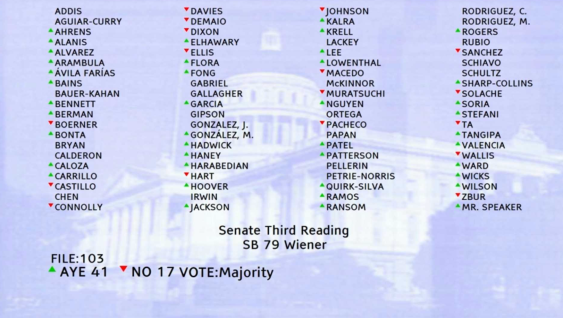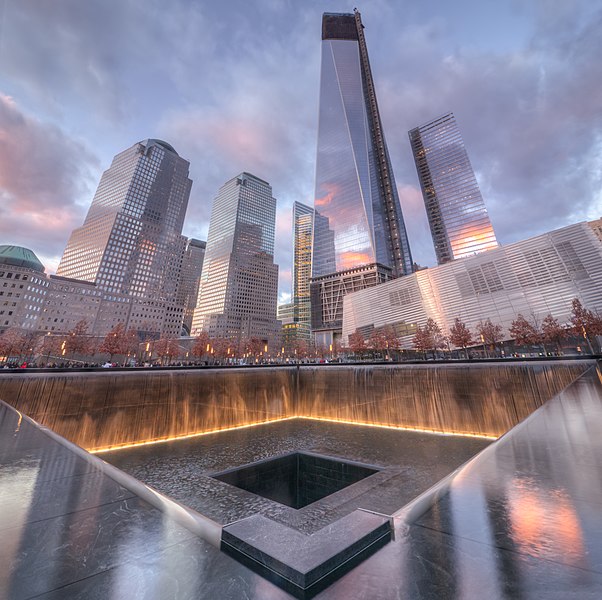 SFMTA Chair Tom Nolan, Mayor Gavin Newsom, Board of Supervisors President David Chiu, and Supervisor Ross Mirkarimi at the groundbreaking for the Central Subway. Photo: mayorgavinnewsom.
SFMTA Chair Tom Nolan, Mayor Gavin Newsom, Board of Supervisors President David Chiu, and Supervisor Ross Mirkarimi at the groundbreaking for the Central Subway. Photo: mayorgavinnewsom.Federal Transit Administrator Peter Rogoff has been shaking up transit agencies across the country in the short year he has headed the FTA, from working with advocates in the Twin Cities who wanted additional stops added in under-served communities along the Central Corridor rail route to his decision to deny BART the $70 million it requested for its Oakland Airport Connector.
Now, in a speech delivered this week in Boston, Rogoff set off another heated debate among transit advocates and operators about the federal government's role in funding expansion projects when the agencies building them don't have enough operating money to run their existing systems.
Rogoff asked how wise it is of the FTA to put money into new transit capacity, particularly expensive rail capacity, when virtually every operator across the nation has raised fares and cuts service because of lower sales tax receipts and ubiquitous cutbacks in city and state transit funding levels.
"At times like these, it's more important than ever to have the courage
to ask a hard question: If you can't afford to operate the system you
have, why does it make sense for us to partner in your expansion?" asked Rogoff.
He went on to question some rail expansion projects when a bus rapid transit system would be far cheaper and could achieve similar ridership benefits.
"Paint is cheap, rails systems are extremely expensive," said Rogoff.
Buses already account for 21 percent more transit trips nationally than rail and Rogoff said riders can be happy with buses if they meet their expectations for service and cleanliness. "It turns out you can entice even diehard rail riders onto a bus, if you call it a 'special' bus and just paint it a different color than the rest of the fleet."
"Take that paint can and paint a designated bus lane on the street system," he added. "Throw in signal preemption, and you can move a lot of people at very little cost compared to rail."
Yonah Freemark at The Transport Politic wrote one of the more
impassioned critiques of Rogoff's speech, calling his view naive and suggesting that Rogoff doesn't account for the failure in Congress to commit serious money to transit operations and expansion:
The unfortunate reality for Mr. Rogoff is that the federal government’s steadfast unwillingness to help cover operations spending is the primary reason agencies haven’t been able to maintain service levels during the economic downturn. Meanwhile, while he may be right that transit organizations aren’t doing enough to keep their systems in good shape, he neglects to mention that that problem is a reflection of the federal government’s inability to increase spending levels on maintenance in line with needs.
In the Bay Area, the ramifications of Rogoff's speech could be significant for several key expansion projects, including the San Francisco Municipal Transportation Agency's (SFMTA) Central Subway and BART to San Jose.
SFMTA Chief Nat Ford told Streetsblog that he's not worried the FTA will change its position on funding for the Central Subway, even with the recent 10 percent service cuts at Muni.
"Last year we went through a very vigorous financial audit administered by the FTA to make sure that we had enough financing to run our existing system properly, keep it in a good state of repair, in advance of approving our full funding grant agreement for Central Subway," said Ford. "They gave us a green light to move into final design. That's why we're proposing that the system we operate, we can properly operate from a financial situation."
Unlike the Twin Cities Central Corridor project, which has fully lined up its local funding match, the SFMTA still has to secure $164 million in local funding by the end of 2011 to satisfy the FTA. Rogoff wrote in a January 7 letter that he was concerned about the SFMTA's ability to maintain a state of good repair to the existing system without degrading existing service.
Presumably, if the SFMTA restores some or all of the service it cut this year, which Mayor Newsom and the Board of Supervisors are debating, it will go a long way toward placating the federal administration.
At BART, spokesperson Linton Johnson said his agency doesn't disagree with Rogoff, but argued the FTA was "taking a too simplistic look at the overall picture."
"If an expansion does bring a transit system enough new riders that it both enhances the existing system and gets people out of their cars, resulting in cleaner air, then we can't afford not to do both," said Johnson. "The bottom line is it's not always an either or. Sometimes you have to spend money to make a lot more money."
BART Board Director Tom Radulovich agreed with Johnson that expansion must be sound and attend to the needs of the core system.
"Sustainable expansion must be built on a sound foundation of
reinvestment in existing systems and services, and maintaining service
quality while expanding to new markets," said Radulovich. "Expanding service in this new
environment of capacity constraints and fiscal constraints calls for
planning that is less about delivering trophy projects, and more about
delivering value for money."
"BART extensions which make new demands on overstretched operating
budgets, compete with maintenance needs for scarce capital dollars and
don't address core system impacts are
unsustainable," he added.





